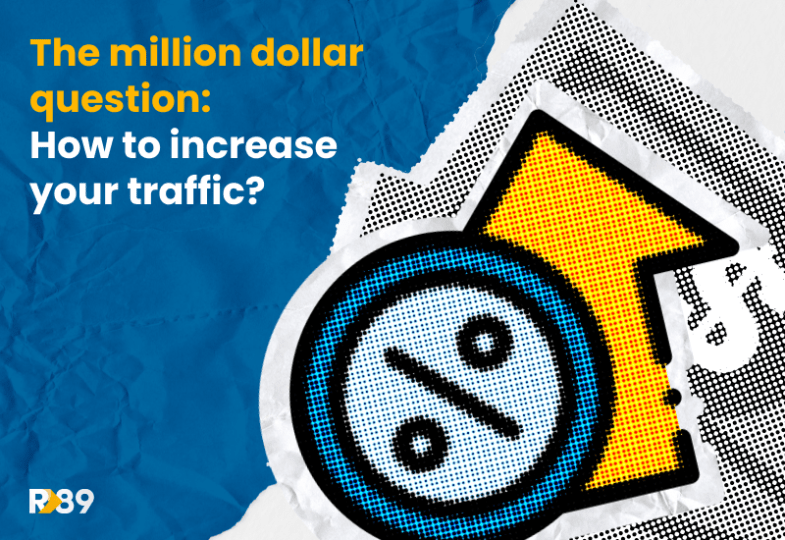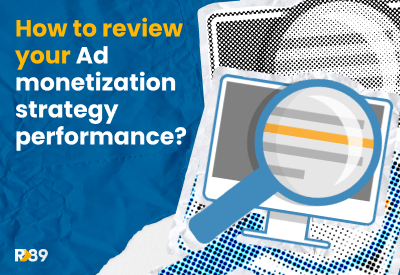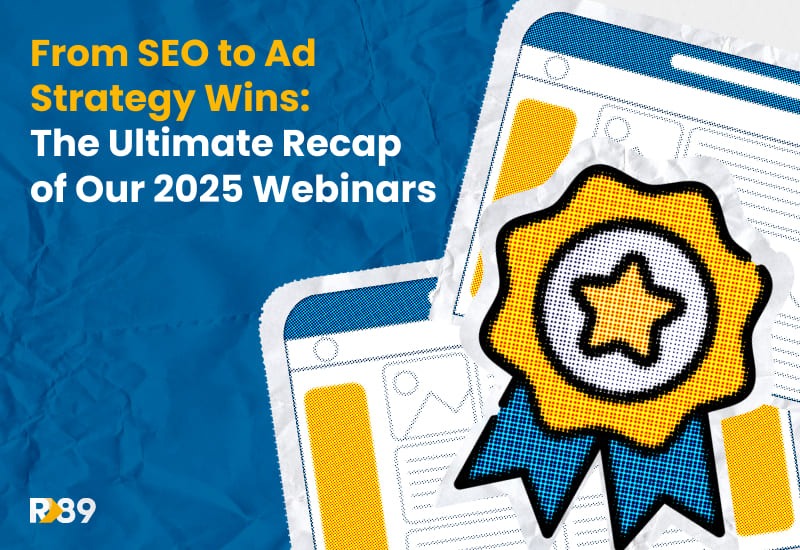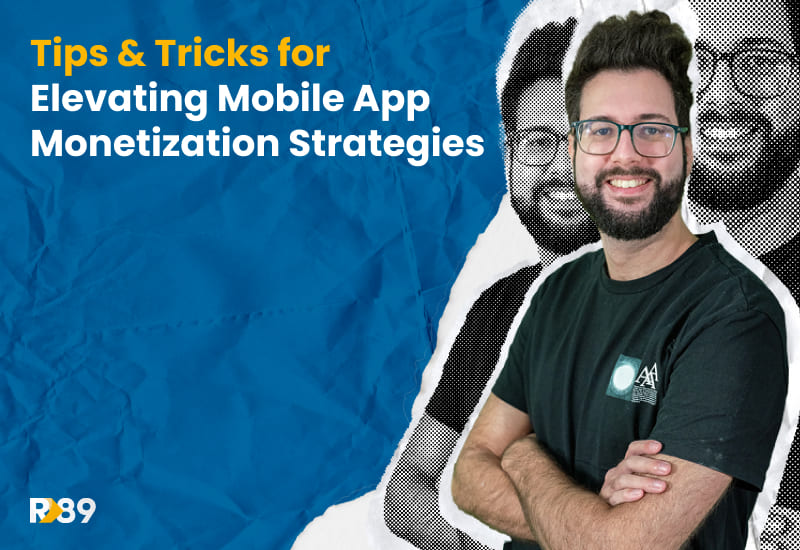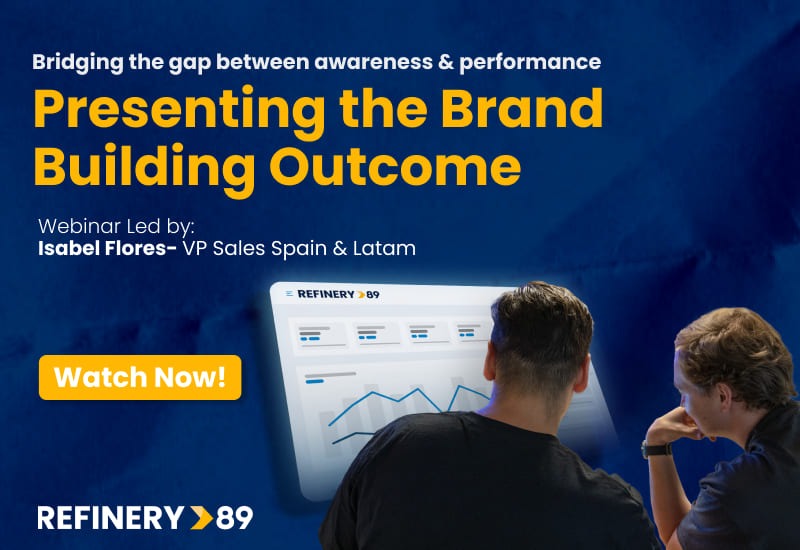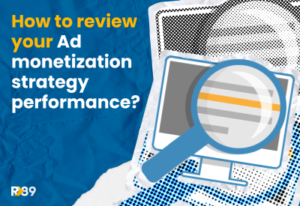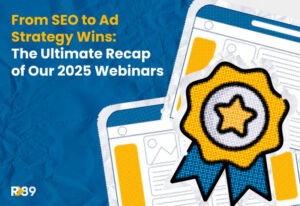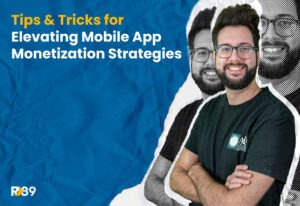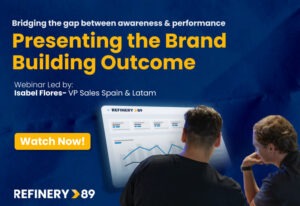Non esiste una formula magica per aumentare rapidamente il traffico organico del tuo sito web. La realtà è che algoritmi dei motori di ricerca, comportamento degli utenti e strumenti sono in continua evoluzione. Il modo più sicuro per restare aggiornati è avere una strategia SEO solida.
Il SEO non è affatto morto (nonostante quello che urli il tuo feed di LinkedIn). Puoi ancora aumentare il traffico sul tuo sito posizionandoti più in alto nelle pagine dei risultati dei motori di ricerca (SERP). Inoltre, nuove tendenze interessanti come il Generative Engine Optimization (GEO) e l’Answer Engine Optimization (AEO) stanno prendendo piede… sorpresa, sorpresa: si basano ancora sulle regole fondamentali del SEO. Scopri le differenze tra SEO, AEO e GEO in questa guida.
Continua a scorrere per scoprire alcune best practice SEO che chiunque può seguire per mantenere il tuo sito ben posizionato nelle SERP.
Perché il SEO è importante per il traffico?
La Search Engine Optimization (SEO) è un metodo organico che aiuta ad aumentare il traffico organico, rendendo i tuoi contenuti più facilmente trovabili dai motori di ricerca e dagli utenti. Posizionarsi in alto nelle SERP mette il tuo sito sotto i riflettori, gli garantisce la massima visibilità e lo trasforma in una destinazione principale per clic e visite organiche.
Come ottimizzare il SEO del tuo sito web per aumentare il traffico
Esistono diverse tattiche che puoi utilizzare per ottimizzare al meglio il tuo sito. In questo articolo, analizzeremo i passaggi SEO più rilevanti e pratici per aiutare le tue pagine a posizionarsi in cima alle SERP.
Per contestualizzare, la SEO può essere suddivisa in 3 diverse aree:
- On-Page SEO: È un insieme di tecniche per ottimizzare in SEO le pagine del tuo sito web e i tuoi contenuti.
- Off-Page SEO: Consiste nelle strategie che puoi attuare al di fuori del tuo sito web per migliorare il tuo posizionamento nelle SERP.
- Technical SEOÈ il processo di apportare miglioramenti tecnici al tuo sito web per aiutare i motori di ricerca a fare il loro lavoro, come il crawling, l’indicizzazione e la scoperta del tuo sito.
Ognuna di queste 3 categorie gioca un ruolo nel determinare la qualità dei contenuti del tuo sito web e l’esperienza utente. Ecco cosa puoi fare per padroneggiare ciascuna di esse e migliorare la SEO del tuo sito.
Migliora il tuo SEO On-Page
Tutto sta nei dettagli! Come editore, già produci contenuti eccellenti, quindi il passo successivo è ottimizzarli per le SERP. Ecco cosa puoi migliorare:
Usa le parole chiave giuste
Le parole chiave sono i termini di ricerca che gli utenti digitano quando cercano qualcosa sui motori di ricerca. Usa le parole chiave giuste che descrivono meglio i tuoi contenuti. Seleziona parole chiave mirate e rilevanti per il tuo pubblico e posizionale strategicamente nei tuoi contenuti.
Ottimizza il tag del titolo SEO
Il tag del titolo è un elemento HTML che aiuta i motori di ricerca a capire di cosa tratta il tuo sito web. È il titolo cliccabile che gli utenti vedranno nelle SERP mentre navigano online. Assicurati che sia breve (circa 50-60 caratteri), coinvolgente e ottimizzato con le parole chiave menzionate sopra.
Scrivi meta description chiare e coinvolgenti
Le meta description sono come un’anteprima del tuo contenuto. Sono brevi estratti che vengono visualizzati sotto il titolo SEO nella pagina dei risultati del motore di ricerca e riassumono il contenuto della tua pagina web. Queste piccole anteprime permettono agli utenti e ai motori di ricerca di comprendere meglio il focus principale dei tuoi contenuti e contribuiscono a migliorare il click-through rate.
Struttura i tuoi contenuti con intestazioni appropriate
Le intestazioni are yet another HTML element on your site that helps search engines and users comprehend your content structureApplica la corretta gerarchia SEO dei titoli, iniziando con un H1 principale per pagina, seguito da H2, H3 e così via per organizzare i contenuti. Questa buona pratica rende la navigazione molto più semplice per i tuoi utenti e il contenuto più facile da trovare. Non dimenticare di inserire anche le parole chiave!
Aggiungi testi alternativi alle immagini
Come suggerisce il nome, alternative texts or alt texts sono descrizioni nascoste che puoi aggiungere alle immagini. Questa funzione permette ai motori di ricerca e agli utenti non vedenti che utilizzano lettori di schermo di sapere cosa contengono le immagini sul tuo sito. Google premia l’accessibilità, quindi (pro-tip) non saltare mai gli alt text!
Ottimizza le tue URL con le parole chiave
Ecco un’altra occasione per usare quelle parole chiave utili affinché gli utenti ti trovino più facilmente. L’ URL è l’indirizzo della tua pagina web. L’ultima parte di questo indirizzo, che viene subito dopo lo slash, si chiama slug. Puoi modificare questo slug per descrivere il tuo contenuto. Deve essere breve e includere una parola chiave rilevante. Per esempio: refinery89.com/how-to-increase-organic-traffic/
Imposta una strategia intelligente di collegamenti interni
Sviluppa una strategia coerente di collegamenti interni per rendere il tuo sito super facile da navigare. Assicurati che i link tra le tue pagine abbiano realmente senso. Questo non solo aiuta i tuoi visitatori a trovare ciò che cercano, ma aiuta anche i motori di ricerca a capire la struttura del tuo sito. Punti extra per l’esperienza utente e il ranking!
Lavora a una strategia di link building per perfezionare il tuo SEO Off-Page
Link in entrata di alta qualità verso il tuo sito agiscono come raccomandazioni agli occhi dei motori di ricerca. Questi si chiamano backlink, che sono come porte d’ingresso al tuo sito da un altro luogo. Una buona quantità di backlink provenienti da siti affidabili è preziosa, poiché contribuisce a costruire autorità di dominio.
Puoi ottenere backlink continuando a creare contenuti di qualità che altri creatori vogliono citare o contattando altri siti con un buon punteggio di autorità di dominio per collaborazioni. Inoltre, puoi rintracciare i link tossici che danneggiano il tuo sito e disconoscerli definitivamente. Strumenti come SEMRush sono molto utili per rivedere tutti i tuoi backlink e liberarti rapidamente di quelli problematici.
Esegui un audit per controllare il tuo SEO Tecnico
Qui potrebbe diventare un po’ più complicato, ma fattibile! Eseguire regolarmente audit di SEO tecnico è fondamentale. Questi audit aiutano a individuare problemi come link rotti, velocità della pagina lenta o errori di crawl. Strumenti come SEMrush o Screaming Frog sono utili per individuare questi problemi. Risolverli rende più facile per i motori di ricerca indicizzare correttamente il tuo sito web. Ecco alcune best practice da tenere a mente:
- Invia la tua sitemap a Google Search Console affinché Google possa indicizzare il tuo sito in modo più efficiente.
- Esegui controlli regolari dei tuoi Core Web Vitals per ottenere una diagnosi dell’esperienza utente del tuo sitopuoi consultare la nostra guida completa sui Core Web Vitals per saperne di più).
- Migliora la velocità del tuo sito utilizzando strumenti come PageSpeed Insights, to get suggestions on what to fix.
- Ottimizza il tuo sito per il mobile così chiunque può goderselo da qualsiasi dispositivo!
Pronto a iniziare a generare più traffico organico?
Ottimizzare il tuo sito web per ottenere un alto traffico organico non avviene dall’oggi al domani, ma il tuo sito te ne sarà grato a lungo termine. Avere una solida base SEO sul tuo sito aiuta a ridurre la vulnerabilità quando ci sono cambiamenti. È molto importante rimanere aggiornati su come evolvono i motori di ricerca, gli algoritmi e persino il pubblico, così da poter ottimizzare la tua strategia di conseguenza.
Avere molto traffico di alta qualità è un ingrediente chiave per monetizzare efficacemente il tuo sito web. Più traffico organico riceve il tuo sito, più sarà attraente per la collocazione di annunci pubblicitari. Se stai cercando soluzioni di monetizzazione degli annunci che non impattino sul tuo SEO, dai un’occhiata al nostro Single Tag!
